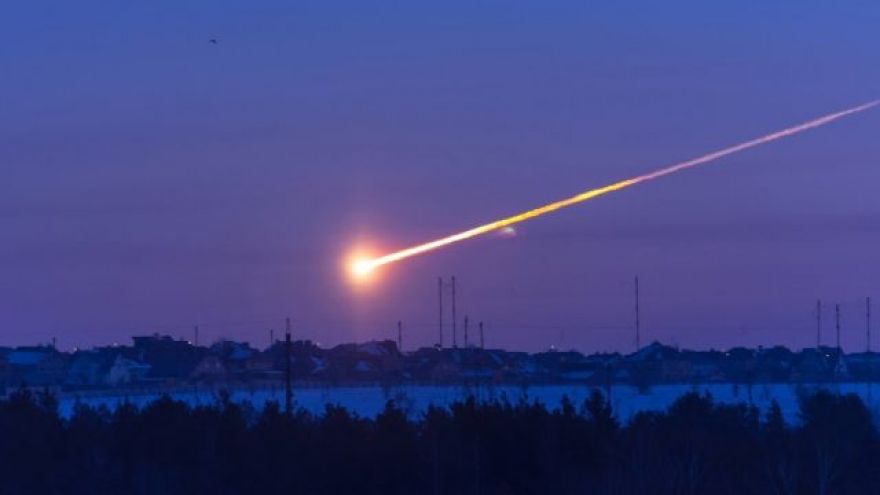
NASA Reports Undetected Asteroid Explosion in Upper Atmosphere
Last December, the Earth got a Christmas present we weren’t even aware of. The second-most powerful asteroid detonation in 30 years struck on December 18, when a bolide exploded over the Bering Sea. The blast was an estimated 173kt — roughly 11.5x more powerful than the atomic bomb dropped on Hiroshima, and more than enough to guarantee a really bad day for anything unlucky enough to be hit by it.
We missed the explosion until now because it blew up over an unpopulated area of Russia’s Kamchatka Peninsula. There are shots of it entering the Earth’s atmosphere, courtesy of Japan’s Himawari satellite.
Some colour views of the that flew over the North Pacific in December 2018, taken by Japan's satellite.
The meteor is really clear here – bright orange fireball against the blue + white background!Background:
— Simon Proud (@simon_sat)
The fact that we missed this rock is a testament to our rather incomplete picture of space around Earth, as well as the difficulty of tracking rather small space rocks in the first place. The BBC it may take NASA another 30 years to finish mapping all of the asteroids near Earth that are up to 140 meters in size. There’s no chance of a rock that small causing an extinction-level event, but the impact on a region can be considerable.
From NASA’s ‘‘ page
The , on July 30, 1908, illustrates the importance of tracking even small meteors. On that day, an explosion in the Siberian Taiga flattened some 2,000 square miles of forest, after a likely air burst meteor detonation. The Tunguska impactor is believed to have been just 60-190 meters wide (broad estimates reflect uncertainty about whether it was an icy body or a rocky one).
The December 18 bolide was much smaller, at just a few meters, and it detonated 25.6km above Earth’s surface, not the 5-10km at which Tunguska blew. The most modern estimates of its explosive force put it at 3-5 megatons of TNT, easily matching the explosive power of modern nuclear weapons. No known asteroids are on collision courses with Earth, but close encounters like this are an unsettling reminder that the rocks are out there.
The good news is, on galactic time scales, there are a lot fewer rocks out there than before. Jupiter may have done us an enormous favor by sweeping debris out of the solar system early in our own history. The so-called Late Heavy Bombardment may have done a serious number on our planet as well as Mars, but the decrease in massive impact events over the billions of years allowed for life to flourish. There are estimates that Mars may have been hammered by 100km rocks every million years or so early in its history. To put that in perspective, the Chicxulub impactor is estimated to have been 11-80km. Life on Earth would be, shall we say, profoundly disrupted had the local neighbors not quieted down and stopped throwing rocks.
Now Read: